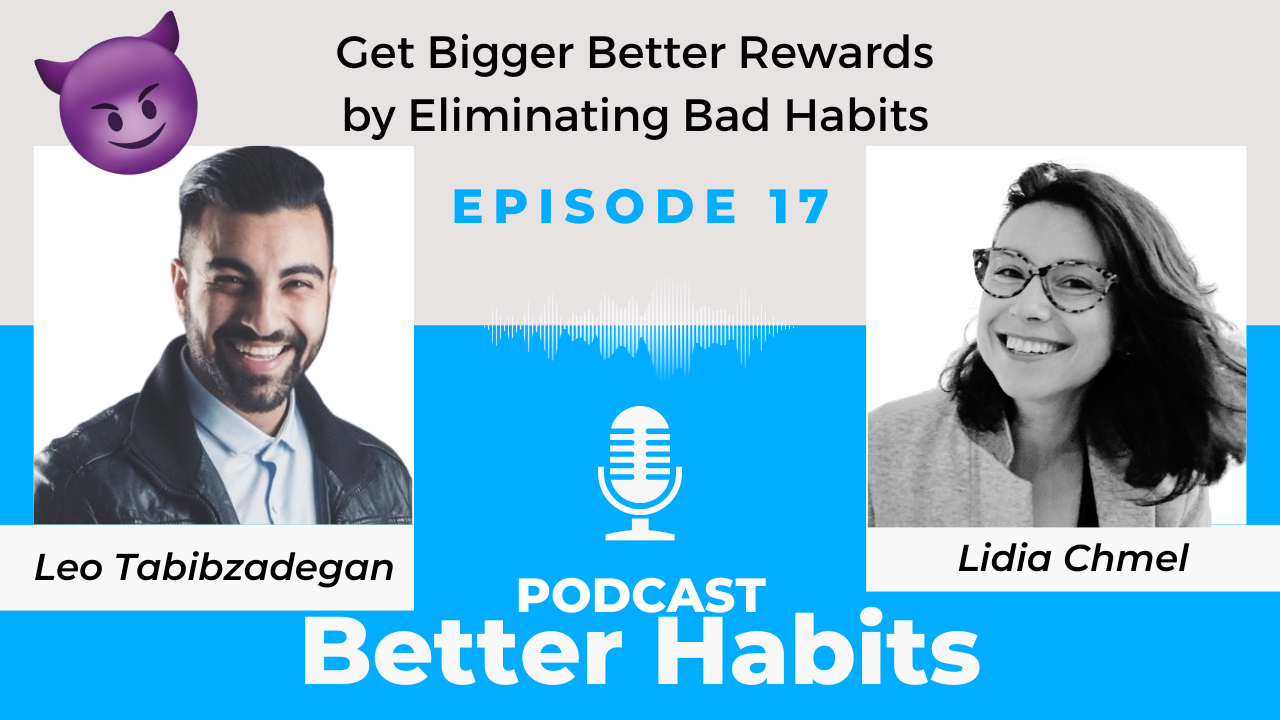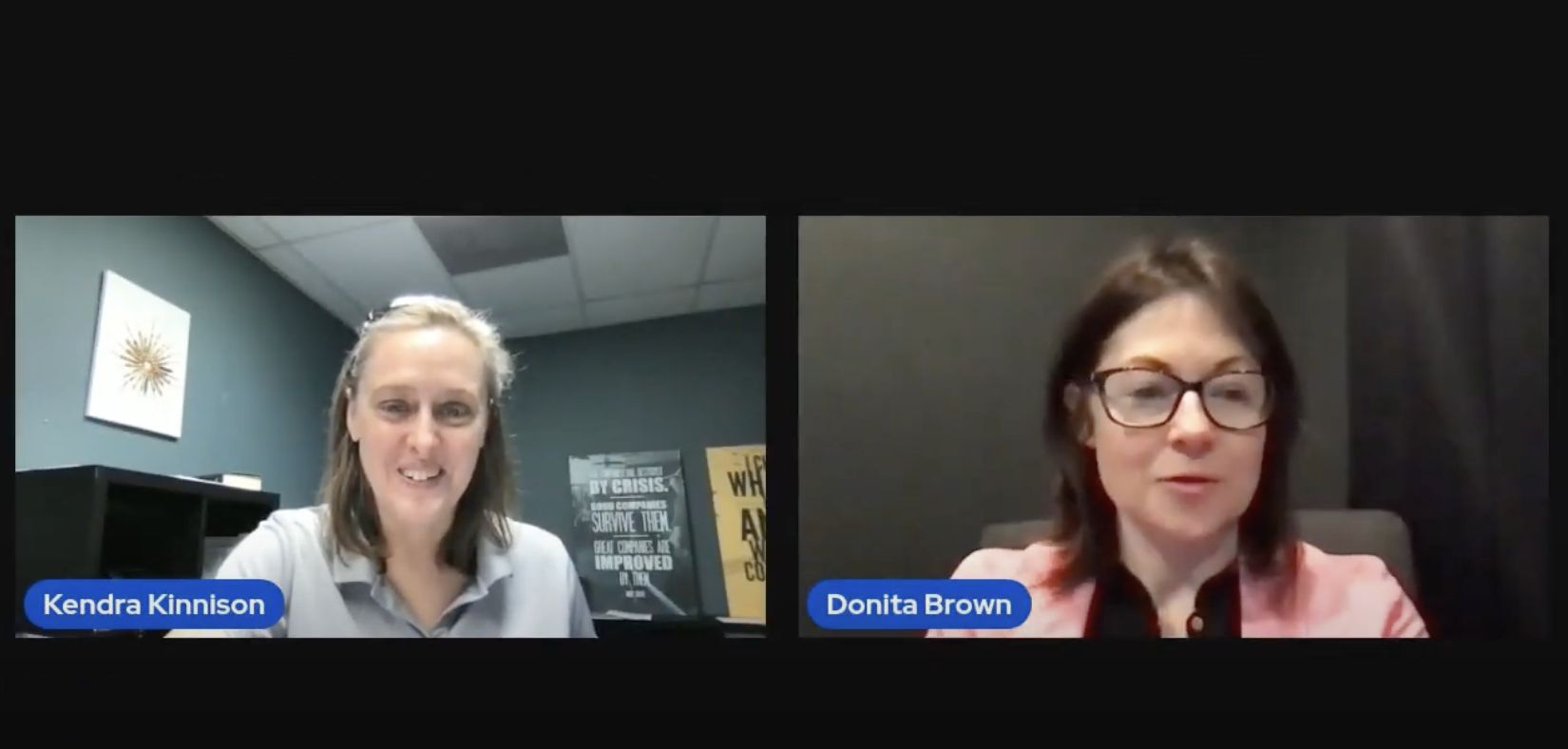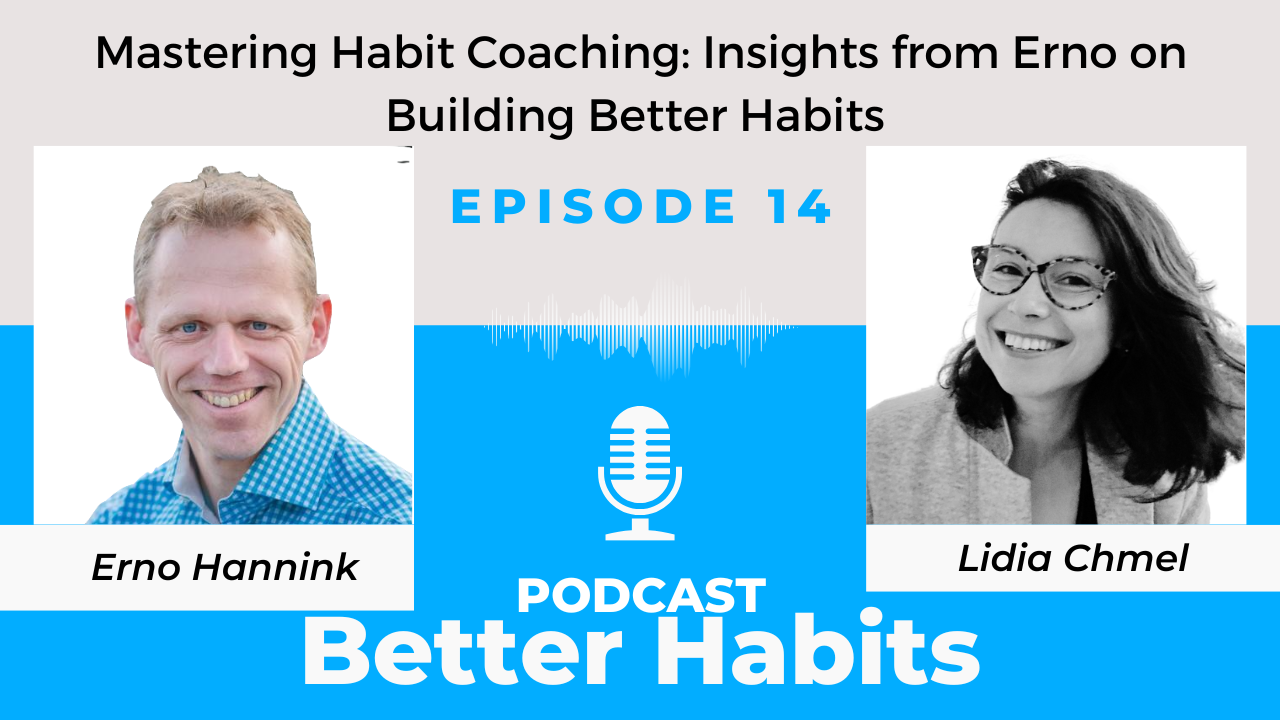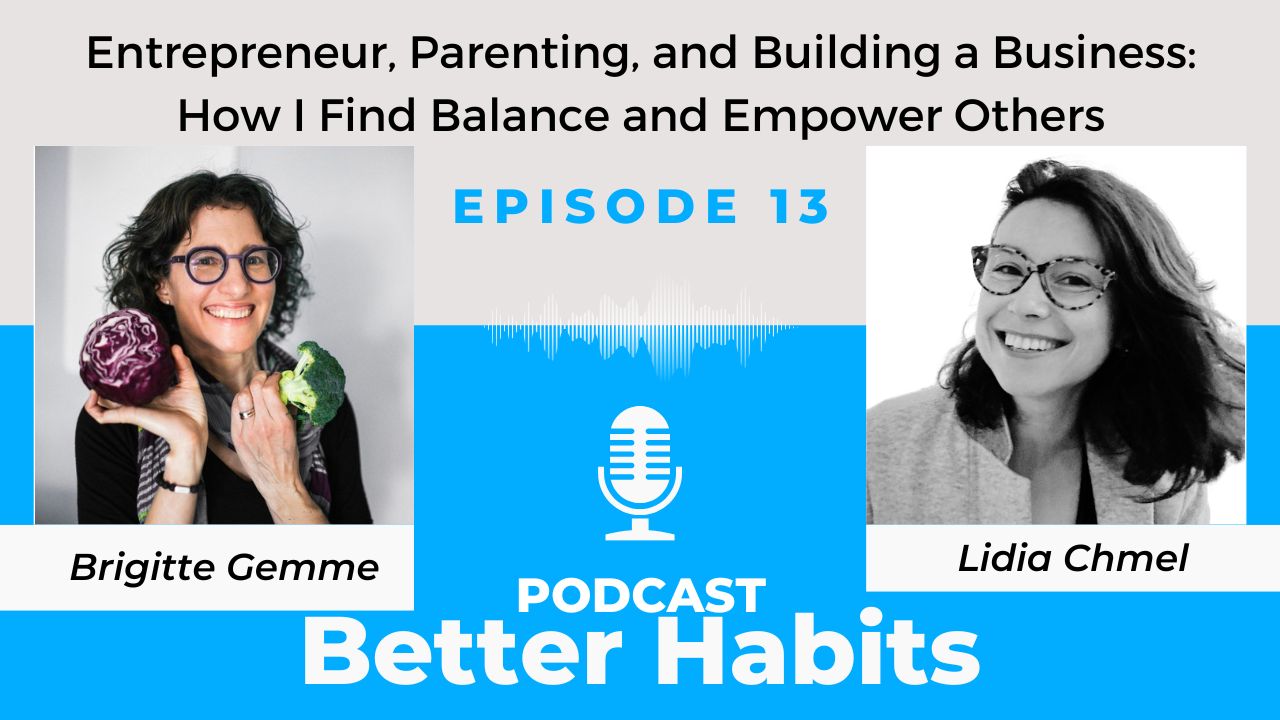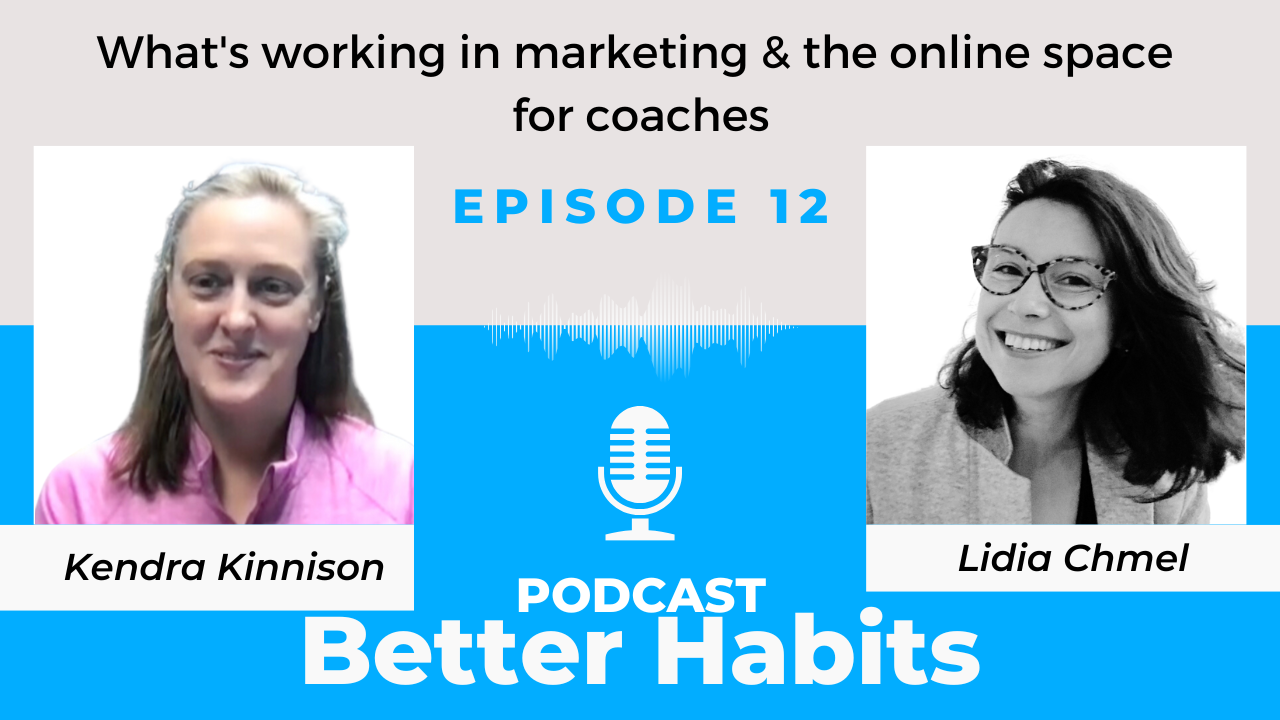This is a complete guide on how to get coaching clients in 2020.
In this new guide, you’ll learn:
- How to create a unique coaching offer.
- How to attract your ideal coaching clients.
- How to ensure a steady flow of new customers.
- Lots more.
Let’s get started.
Exclusive: Download our complimentary checklist to this article for a step-by-step guide on how to get coaching clients (coming soon!).
How to Get Coaching Clients in 2020
There’s never been a better time to be a coach.
According to a study by the International Coaching Federation (ICF), the estimated total revenue from coaching exceeds 2 billion dollars worldwide.
Depending on their location and specialty, coaches now earn an average annual income ranging from $27,100 to $73,100.
But there are also certain specialty coaches that make $100,000 and more.
The coaching industry is growing each day, and there’s a lot of demand for all kinds of coaches.
Because of that, more and more people want to become a coach, and there are more than 50,000 coaches worldwide.
So, to run a successful coaching business, you need to how to stand out from the crowd, market your coaching effectively, and continually get new coaching clients.
And you’ll learn all of that in this guide.
Table of Contents
- Establish Your Niche
- Design Your Category
- Craft Your Elevator Pitch
- Develop Your Discovery Call
- Leverage Your Network
- Ask for Referrals
- Outline Your Offer
- Build Your Website
- Start Your Email List
- Edit Your Welcome Email
- Create Your Lead Magnet
- Plan Your Promotions
- Keep Your Clients
- Collaborate With Peers
- Utilize Content Marketing
- Learn Basic SEO
- Use Social Media
- Expand Your Reach
1. Establish Your Niche
If you try to help everyone, you probably won’t help anyone.
A coach that serves the entire market will end up with surface-level knowledge across a variety of topics and a bland marketing message.
Meanwhile, a coach that serves a specific piece of the market will get a lot of in-depth expertise in one area and a targeted marketing message.
So, before you set out to find coaching clients, you need to establish your niche.
And the best way to do that is to match your unique strengths and interests with the demands of the marketplace:
Ask yourself:
- What are my strengths? Which coaching-related topics do people tend to ask me for advice about?
- What are my interests? Which coaching-related topics do I find myself reading books on, taking courses in, and talking about?
- What can I get paid for? How can my unique strengths and interests best serve the marketplace?
The most common coaching specialties include business, career, executive, leadership, and life coaching.
But there are also successful coaches who specialize in dating, mindfulness, and personal finances.
Analyze which niche would be best suited for you, and use Google to validate it.
If you can’t find any coaches serving the niche, there’s likely no demand, and you need to find another one.
But if there are a lot of coaches serving the niche, there’s probably a lot of demand, and you can move on to the next step.
2. Design Your Category
When you’ve established your niche, the next step is to design your very own category.
The goal here is to get so specific about your coaching that you are the #1 coach in the world for your ideal coaching clients.
In marketing, this strategy is called category design, and it can be incredibly powerful.
Take, for instance, fitness instructor and writer Steve Kamb.
When he was starting his business, he realized he had to differentiate his brand.
There are countless fitness websites out there, so he decided to serve a unique audience.
Instead of trying to appeal to everyone, he focused exclusively on ”nerds and average Joes.”
And since his launch in 2009, NerdFitness.com has become a worldwide community and seven-figure business.
Kamb cleverly narrowed his focus until he found a new category where he could be the #1 authority in the world.
And you can do the same by using the ”What for Whom” framework.
Ask yourself: What kind of coaching do I do, and for Whom do I do it?
For Steve Kamb, the answer was ”Fitness for nerds.”
What’s yours?
Write down several ”What for Whom” statements until you find one that resonates.
And if you feel like you’re closing the door to a lot of potential clients — that means you’re doing it right.
To attract the coaching clients that are a perfect fit, you have to neglect people who are a decent fit.
It’s much better to be the only option for some than one of countless alternatives for many.
3. Craft Your Elevator Pitch
Whenever you get the question, ”What do you do?” never reply, ”I’m a coach.”
That answer says very little about what you do.
Instead, prepare a compelling answer that explains who you work with and how you serve them.
You want to pique the interest of the other person and get a conversation going.
And the best way to do that is to craft an elevator pitch: a concise introduction to what you do that you can communicate in the same amount of time as an elevator ride.
Let’s once again use Steve Kamb and NerdFitness as an example.
Whenever Steve gets the question, ”What do you do?” he can use an elevator pitch like:
”I help nerds and average Joes lose weight, get stronger, and live better.”
As you can imagine, that’s a way better conversation starter than ”Fitness instructor.”
So, once you’ve established your niche and designed your category, craft an elevator pitch that explains what you do in a concise and compelling way.
Then read it out loud, and refine it until it sounds natural, and repeat to yourself until you know it by heart.
A powerful elevator pitch can be the gateway to great relationships, exciting collaborations, and lucrative referrals, so craft it carefully.
4. Develop Your Discovery Call
Coaching is not a product but an experience.
Therefore, the best way to sell coaching is not to tell people about it but to show them.
And the best way to do that is to develop a 30-minute discovery call where prospects can experience your coaching first-hand.
Here’s a template you can use to develop your discovery calls:
- Open the conversation — Say hello and affirm the prospect’s interest. For example: ”Hi! I’m excited to meet you. I understand you might be interested in working with me as a coach. Is that true?”
- Identify the #1 challenge — Find out what your prospect wants to achieve and the biggest obstacle in their way. For example: ”What is your #1 challenge right now?”
- Ask coaching questions — Prompt your prospect to brainstorm solutions. For example: ”What can you do to overcome this challenge?”
- Emphasize the takeaways — Toward the end of the call, ask your prospect to summarize the key insights. For example: ”What are the next steps you will take to solve this challenge?”
- (Optional) Make your offer — If the prospect is a good match, ask for permission to describe your coaching offer. For example: ”Would you like to know how we can work together?”
As you can see, a discovery call is not about explaining what you do, but about demonstrating what your coaching is like.
And it’s not primarily about selling your coaching, but about determining if your coaching is a good fit for the prospect.
This process is useful because it removes the pressure of selling and filters out clients that aren’t a good match.
So, develop your discovery call, tweak the questions into your own words, and get comfortable saying your offer.
Then move on to the next step where we’ll cover how to find potential coaching clients.
5. Leverage Your Network
The most effective way to get new coaching clients is through your existing network.
That’s especially true if you’re a new coach.
If you don’t have a track record, no followers, or any feedback on your coaching, you’re not ready for digital marketing.
You can think of it this way: If a friend won’t trust you enough to be their coach, why would a stranger do it?
The #1 rule of coaching business marketing is that you need to talk to your friends first.
Doing that has two major benefits:
- Your friends and acquaintances are usually your most likely clients, so they can help you build a track record.
- Talking directly to people you know will help you learn what kind of coaching is in demand and how you should refine your offer.
So, reach out to suitable people in your network and offer them discovery calls.
By the end of each call, you’ll probably be surprised at how many people take you up on your coaching offer.
And even when they don’t, there’s a good chance you’ll get useful feedback or a valuable referral.
Most importantly, each call will make you more experienced, skilled, and confident than the last.
So, if you haven’t yet, now is the time to start leveraging your network.
The sooner you start, the better you’ll become, and the more coaching clients will come your way.
6. Ask for Referrals
There will be plenty of occasions when you’re talking to someone who’s not a good match for your coaching but might know someone else who is.
When those situations arise, get into the habit of asking for referrals.
After you’ve presented your elevator pitch, finished a discovery call, or talked to someone in your network, look for opportunities to ask something like:
If you had to pick one person in your life who would be most likely to get coaching from me, who would you choose? Why? If I wrote you an email, would you be willing to forward it on?
Most people are happy to help you out with this.
And since the average person knows hundreds of other people, there’s a good chance they can connect you with someone who’s a perfect fit.
These kinds of referrals are super-powerful because people trust the recommendation of a friend, family member, or colleague more than they do any marketing message.
7. Outline Your Offer
Once you’ve worked with a few coaching clients and validated that there is demand in your category, it’s time to outline a compelling offer to your ideal customer.
Open up a new document in your favorite word processor, start writing down your coaching offer, and keep the following in mind:
Highlight the benefits
People don’t buy coaching. They buy results. So, focus on the benefits they will get from your coaching. How will their life be better from work with you?
Provide testimonials
When you’ve finished working with a client, ask them to write a quick review about your coaching. Then pick out the best ones and include them in your offer.
Add your price
Base your price on one thing only: the value of the results you are getting your coaching clients. If applicable, also include price points for different coaching packages.
Offer a guarantee
By offering a money-back guarantee, you give your customers peace of mind. Plus, it will make it easy to let go of clients that turn out to be a bad fit.
Add a call to action
At the end of your offer, give prospects the option to buy your coaching, schedule a discovery call, or reach out via email. Do not leave potential clients hanging!
8. Build Your Website
If the thought of creating a website seems overwhelming and maybe even terrifying, you’re not alone.
Most coaches feel that way — especially if they’re not very tech-savvy.
But the good news is that website building is not nearly the complicated hassle that it used to be.
These days, it’s actually straightforward and (believe it or not) even a lot of fun!
If you’re not sure how to get started, google ”how to build a website,” and you’ll find tons of step-by-step guides.
All you need to get your website up and running is the following:
- A domain name, like [yourname]coaching.com.
- A web host, like WebHostingHub.
- A content platform, like WordPress.
Once your website is live, this is all you need to publish:
- An about page that explains who you are and what you do.
- A sales page that showcases your coaching offer.
- A contact page where prospects can reach out to you.
When your website is good enough, don’t get tinkering with it!
You will improve your web presence over time anyway, so it’s better to keep moving to the next step.
9. Start Your Email List
Email marketing has been around for a long time, and it’s still one of the most effective and profitable ways to promote products and services.
According to the Direct Marketing Association, every $1 spent on email marketing gets an average return of $42.
That’s a massive return on investment!
And it makes sense when you the benefits of email as a communication channel:
- It’s personal — Each email you send lands directly in your prospects inbox.
- It’s targeted — Prospects sign up for updates from you, so you know they’re interested.
- It’s yours — You own your email list and can manage it how you see fit.
- It’s 1-on-1 — Each prospect can reply and communicate with you directly.
- It’s super-popular — According to The Radicati Group, there are roughly 3 billion email users in the world, and that number is growing every year.
So, if you haven’t yet started an email list, now is the time to do it!
Sign up for an email marketing service like Mailchimp, put a sign-up form on your website, and begin collecting email addresses.
It will be one of the best business decisions you will ever make.
10. Edit Your Welcome Email
When someone signs up for your email list, it’s an excellent opportunity to connect with possible coaching clients right away.
Log into your email marketing service and set up an automated welcome email that looks something like this:
Subject: Welcome to my email list (+ a quick question)
Hi there,
I’m [insert your name], and I want to say thank you for signing up for my email list!
My work is all about [insert your elevator pitch].
If you have a minute, I’d love to learn a little more about you.
Please hit the reply button and answer this question:
What is your #1 challenge when it comes to [insert your niche]?
I love connecting with people, and I respond to every message I get.
All the best,
[insert your name]
Then reply to every answer you get and offer discovery calls to every prospect that seems like a good fit.
11. Create Your Lead Magnet
If you want people to sign up for your email list, you can’t just ask them to ”Join Now for Updates!”
Even if they’re interested in what you do, prospects aren’t going to give you their email address unless you give them a good reason to.
And that’s why you need to create a lead magnet: an incentive to offer people in exchange for their email address.
Here are some examples of lead magnets you can create:
- eBook — Share helpful knowledge about your coaching niche.
- Checklist — Help prospects achieve a complex task with a list of actionable steps.
- Resource guide — Recommend things prospects can buy to achieve a goal.
- Workbook — Help prospects learn something in a Q&A-type format.
- Templates — Share useful scripts that your prospects can copy and paste.
It doesn’t matter what kind of lead magnet you offer.
As long as it helps your ideal coaching clients solve a real problem, it will radically increase the number of email sign-ups you get.
So, use a service like Beacon to create a useful lead magnet.
12. Plan Your Promotions
Once you’ve started your email list and received your first subscribers, it’s time to create a promotion schedule for your coaching offer.
Think about occasions when it makes sense to email your list with exclusive deals for your services, such as:
- Black Friday
- Cyber Monday
- Super Saturday
- Boxing Day
- New Years
You can also tie your promotions to occasions like your birthday or events relating to your niche.
Use an app like Google Calendar to mark down dates that make sense.
Then use these opportunities to offer your email list subscribers time-limited offers like, for example:
- One hour of coaching for free.
- 20% off your coaching package.
- $50 off your coaching package.
- Buy five coaching sessions and get one for free.
- Sign up for coaching and get a bonus resource (like an eBook, course, or workbook).
Time-limited offers are compelling because they create a sense of urgency.
And, oftentimes, that’s all that’s needed to turn a prospect into a client.
13. Keep Your Clients
One of the best ways to get coaching clients is to keep the ones you already have.
Why? Because it costs about five times more to attract a new customer than it does to retain an existing one.
Once you’ve worked with a coaching client, you don’t have to convince them with your elevator pitch, lead magnet, and discovery call.
They know what your coaching can do for them, and they know, like, and trust you.
So, make sure to stay in touch with old clients.
After you’ve finished working together, send an email every three months or so, that looks something like this:
Subject: Checking in
Hi [insert client name],
It’s been a while since we connected, and I’m curious about your progress.
How has the last couple of months been like for you?
Are you on track toward [insert goal you worked on together]?
All the best,
[insert your name]
Old clients often forget about coaching altogether, so even if they’ve fallen off track, they might not get back in touch with you.
But when you nudge them with a message like this, they’ll remember how amazing your coaching was, and often ask if they can hire you again.
Circling back to old clients can be one of the most profitable things you do, so don’t forget it.
If you want, you can use a service like Boomerang for Gmail to remind you.
14. Collaborate With Peers
One of the best ways to get coaching clients is to collaborate with other coaches.
By teaming up with peers, you can expand your reach by cross-promoting to each other’s audiences.
Here are some examples of effective cross-promotion strategies to build your email list and increase your sales:
- Referrals — Whenever a prospect isn’t a good match for you, send the client to one of your peers. In exchange, your peers do the same for you.
- Offers — Email your list and promote the coaching offers of your peers. In return, your peers promote your coaching to their email lists.
- Giveaways — Use a service like KingSumo to run limited-time contests and collect email addresses. Ask your peers to help promote your giveaway, and do the same for them.
- Affiliate marketing — Promote your peer’s products or services and earn a commission on each sale. Offer your peers to do the same for your products and services.
- Collaborations — Team up with one or more peers and co-create a book, course, workshop, etc. Then promote it to your respective email lists.
As you can see, cross-promotion can be very powerful.
So, if you’re not yet part of an active community of coaches, now is the time to find one.
Look for other coaches online, on social media, and live networking events.
Reach out, introduce yourself, and help your peers as much as you can.
Before you know it, you’ll have access to a powerful community supporting you.
15. Utilize Content Marketing
Content marketing is a long-term strategy where you build strong relationships with relevant prospects through high-quality content.
As you keep delivering valuable, relevant, and consistent content, your audience comes to know, like, and trust you.
And when they eventually decide to get a coach, working with you is a no-brainer.
There are many ways to utilize content marketing, including:
- Writing — Publish valuable articles on your website, Medium.com, or Substack.com. Or better yet, cross-promote each piece on all of them.
- Video — Create a YouTube channel and share your expertise on-camera.
- Podcasting — Start a podcast show relating to your coaching niche and share helpful insights yourself or with guests.
- Presentations — Put together helpful slide shows, infographics, and documents using a platform like SlideShare.
- Illustrating — Create images that depict helpful ideas and share them on a platform like Imgur.
Of course, all of these options require a unique set of skills.
That’s why you should get new coaching clients through your existing network and referrals first.
But once you’re ready to expand your reach further, content marketing can take your coaching business to a whole new level.
16. Learn Basic SEO
If you want prospects to find your website, you need to understand and apply the basics of SEO.
SEO stands for Search Engine Optimization, and it’s the practice of increasing the traffic to your website from search engines like Google.
The better you address SEO elements, the higher your site will rank in search engines, and the more free traffic you’ll get.
Now, SEO is an entire industry in and of itself, and as a coach, you won’t have time to master every aspect of it.
But if you plan to get coaching clients through content marketing, you’ll benefit greatly from learning the basics.
To do that, we recommend reading The Beginner’s Guide to SEO by Moz.
17. Use Social Media
Another great way to demonstrate your expertise, build your email list, and get coaching clients is through social media.
Your social media profiles are perfect places to present your elevator pitch and offer your lead magnet.
Let’s once again return to Steve Kamb and NerdFitness as an example.
For his social media profiles, Steve can use something like:
”I help desk jockeys, nerds, and average Joes lose weight, get stronger, and live better. Get your Nerd Fitness Starter Kit here.”
Once your social media profiles are up to speed, it’s all about helping people in your niche.
Set aside a little time every day to answer questions in places like:
- Facebook groups
- LinkedIn groups
- Quora topics
- Subreddits
- Twitter tags
Do not use these platforms to promote your coaching directly.
That’s spammy, annoying, and also highly counterproductive as it hurts your reputation.
Focus on providing value, and potential coaching clients will find their way to you.
18. Expand Your Reach
As a coach, one of the most powerful marketing strategies you can use is to leverage already-established platforms.
By putting yourself in front of existing audiences, you can cement yourself as an expert, build powerful relationships, and grow your business rapidly.
Here are some examples of how to expand your reach:
- Write guest posts — Find popular websites or blogs related to your niche and write articles for them.
- Get media coverage — Sign up as a source at HARO to connect with journalists and share your expertise in the media.
- Do podcast interviews — Look for relevant podcast shows, reach out to the host, and ask if they’re looking for guests.
- Give talks — Put together a presentation on a topic relating to your niche and speak at suitable events.
- Join virtual summits — Reach out to organizers of online conferences and ask to participate as one of the experts.
When you land one of these opportunities, use it to add as much value as you can.
Be helpful to the audience and a delight to work with for the organizers.
Over time, that will increase your influence and create even more opportunities to expand your reach and grow your business.
Summary: How to Get Coaching Clients in 2020
- Establish Your Niche — Find the area where your strengths and interests overlap with the needs of the marketplace.
- Design Your Category — Use the “What for Whom” framework to become #1 coach in the world for your ideal clients.
- Craft Your Elevator Pitch — Learn to explain what you do in a concise and compelling way.
- Develop Your Discovery Call — Outline a 30-minute call so prospects can experience your coaching first-hand.
- Leverage Your Network — Offer your coaching to friends and acquaintances to grow your experience, skills, and confidence.
- Ask for Referrals — If someone is not a good match themselves, ask them if they know someone who is.
- Outline Your Offer — Package your coaching so it’s compelling to your ideal customer.
- Build Your Website — Keep it simple, and include an about page, a sales page, and a contact page.
- Start Your Email List — Sign up for an email marketing service, put a sign-up form on your website, and start collecting email addresses.
- Edit Your Welcome Email — Ask new subscribers about their #1 challenge, and offer discovery calls to those who reply.
- Create Your Lead Magnet — Give people something valuable in exchange for their email address.
- Plan Your Promotions — Establish specific dates to offer your email list subscribers time-limited offers.
- Keep Your Clients — Circle back to old coaching clients every three months or so and ask about their progress.
- Collaborate With Peers — Team up with other coaches and help each other through cross-promotion strategies.
- Utilize Content Marketing — Build strong relationships with relevant prospects by consistently publishing high-quality content.
- Learn Basic SEO — Increase the traffic to your website from search engines like Google.
- Use Social Media — Update your profiles, and help people in your niche.
- Expand Your Reach — Cement yourself as an expert, build powerful relationships, and grow your business by leveraging already-established platforms.
Get Your Free Checklist
I hope you found this guide on how to get coaching clients in 2020 useful.
If you did, I highly recommend you download our complimentary checklist for a step-by-step guide on how to get coaching clients (coming soon!).
Here’s to your thriving coaching business!


